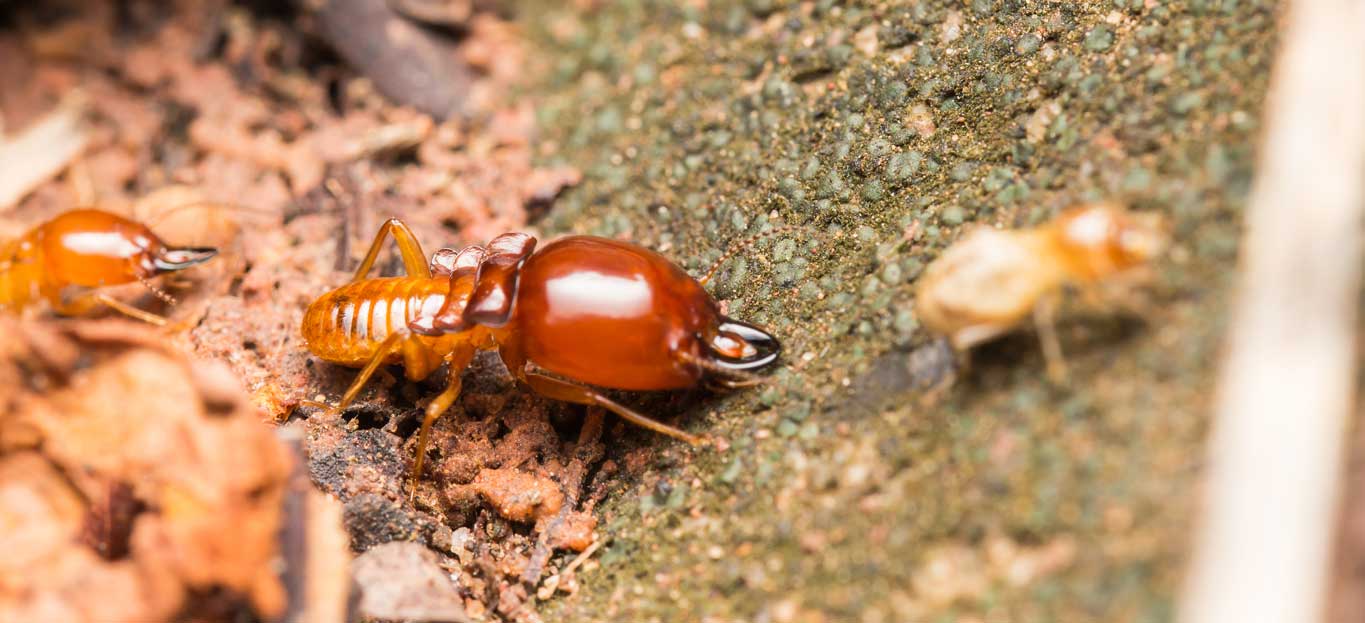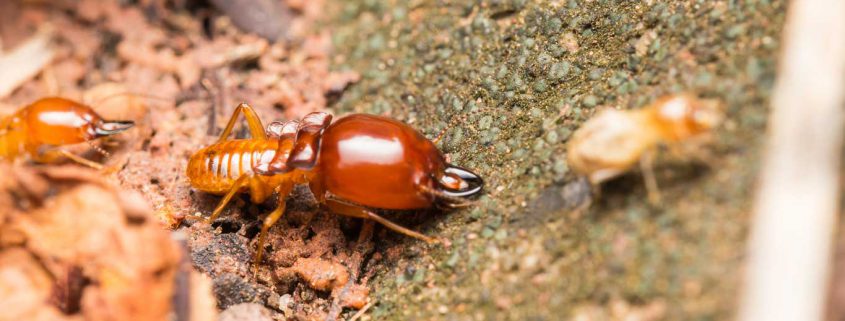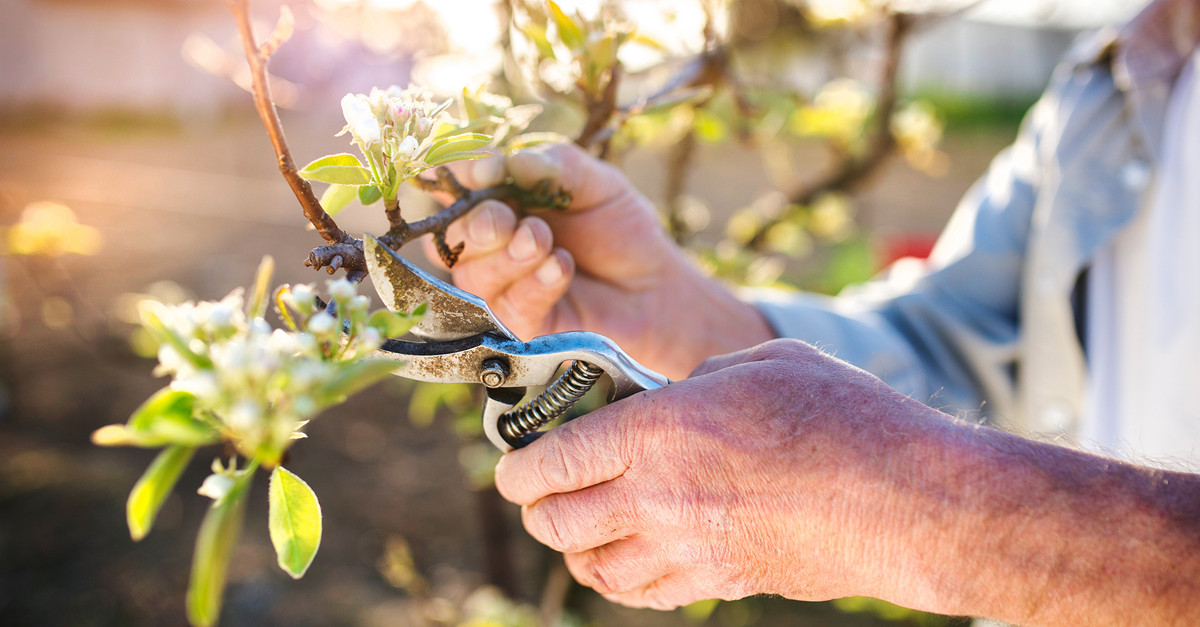What’s Bugging My Tree? How to Tell If Your Tree Has a Disease
Your trees are the backbone of your yard: large, elegant, overarching, providing shade and lovely dappled light. When something begins to ail a tree, however, it can be troubling, especially when you don’t know what’s wrong. If you think your tree might be suffering from pesky pests or deleterious diseases, it’s important to seek treatment for the tree as soon as possible to avoid long-term damage.
Below you’ll get a crash course on the various types of pests and diseases, signs your tree might be infected, and what to do about it.
Types of Tree Pests and Diseases
There are too many types of pests to mention in one blog, but they fall into two main categories: microorganisms and insects. Insects (such as caterpillars, aphids, flies, and thrips) eat parts of trees. Diseases are pathogens such as viruses, bacteria, and fungi that invade your tree’s systems externally or internally and cause it to become sick.
Signs of Disease or Pest Predation
If you see any of the following diseases, you should seek the advice of a professional as soon as possible:
- Limp or wilted leaves and shoots
- Light green, yellow, or brown leaves
- Leaves falling off the tree out of season
- Patches of bark falling off
- Scales, scores, or tunnels along the outside of the bark
- Nests or webs on leaves and branches
- Small bugs or insects crawling along the tree
- Twisted, misshapen, closed, or dead blossoms
Save My Tree!
The good news is that just because you’ve identified a pest, that doesn’t mean you can’t save your tree. There are several steps you can take, including:
- Treating the pest with soaps, sprays, oils, or other treatments
- Pruning the tree to get rid of diseased leaves, branches, and limbs
- Hand removal of pests
- Use of predator insects to eat pest insects
And often, while one tree will need to be removed because it is too far-gone, you can still save other trees in the area by acting fast. If you don’t feel equipped to handle pruning or tree removal jobs on your own (especially large, established trees), don’t hesitate to contact Premier Tree Solutions through this form: https://chopmytree.com/contact-form/.










